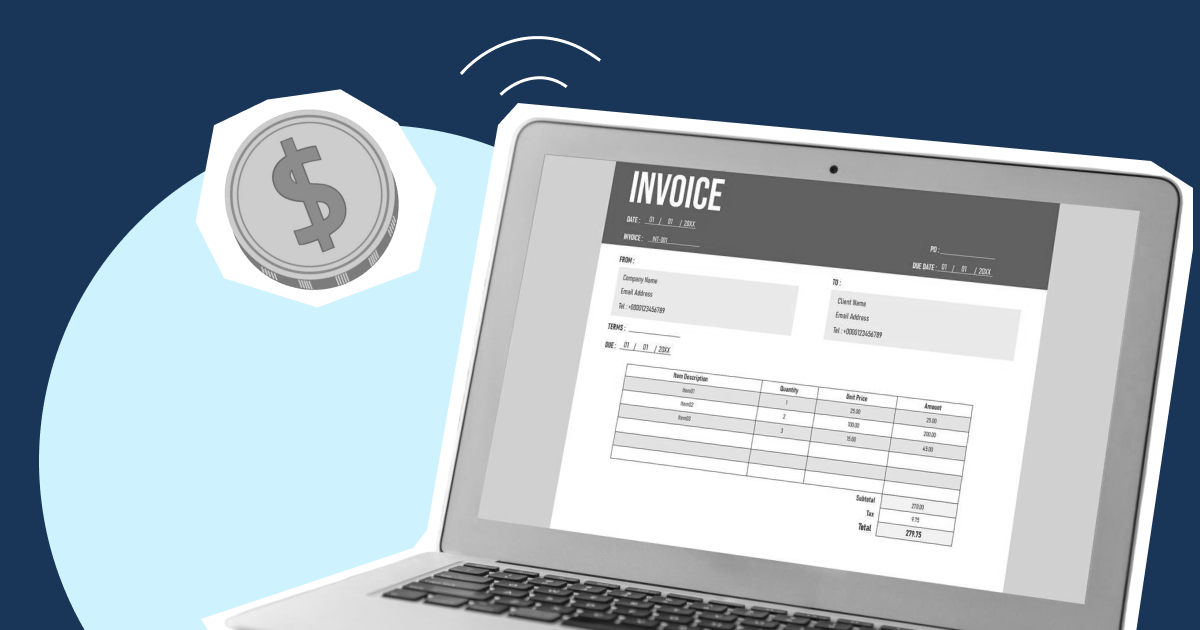Summary
Welcome to our SME guide on working capital loans— tailored for the savvy entrepreneur. If you're a small business owner, you've come to the right place! This definitive guide explains all you need to know about working capital loans, and why you need to know it.
First, let’s cover the basics.
Contents
- What is working capital?
- When to get a working capital loan
- Types of working capital loans
- Choosing a working capital loan
Working capital
Working capital refers to the money that a company uses to manage its everyday expenses. Quite simply,
Working capital = Current assets - Current liabilities
- Current assets are what the company currently owns— both cash and the intangible assets that can be converted to cash.
- Current liabilities are debts the company will repay within the year. This includes business expenses like rent, utilities, materials, and accounts payable.
Cash flow is often called the lifeblood of a business— and for good reason, as even profitable ventures can run into trouble if they aren’t able to meet their short term financial obligations.
It can be tricky for SME and small business owners to strike the right working capital balance. Having enough such that their daily operations run smoothly, while avoiding excess cash lying around.
Working capital liquidity
Here's another key concept: liquidity. It’s important to keep your working capital liquidity in mind, so that you’re aware of how much of your tangible and intangible assets are available for use. That’s because your current assets may not all be in the form of cash.
For example, a portion of your current assets may be tied up in inventory or accounts receivable. As such, it’s important that small business owners get a sense of their weekly cash flow, to avoid running into payment issues or missing out on business opportunities.
Hence, working capital loans are to fund a company’s day-to-day operational expenses. To find out the uses they're good for , let's head on to Part 2.








.webp)

%201.webp)


.webp)